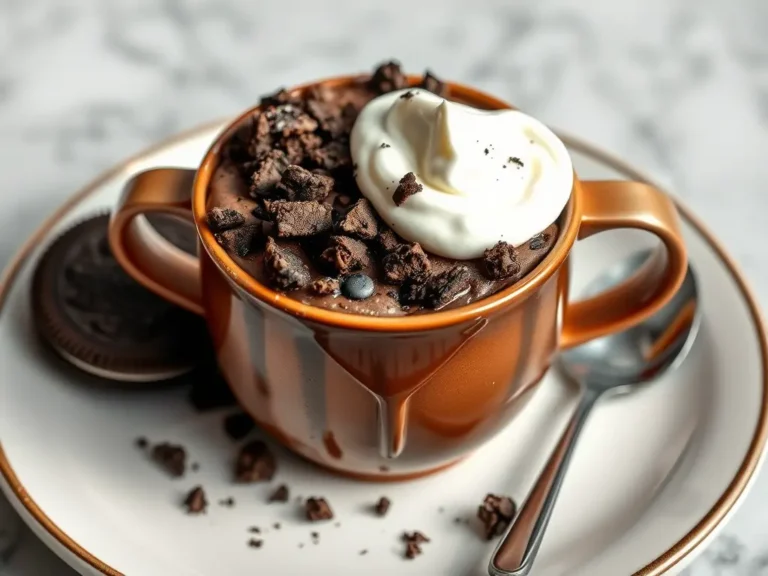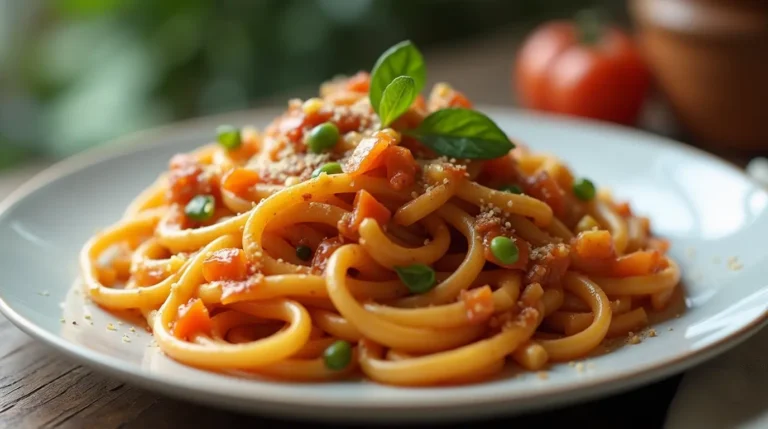Homemade Weed Killer Recipe: How to Make It in 5 Minutes
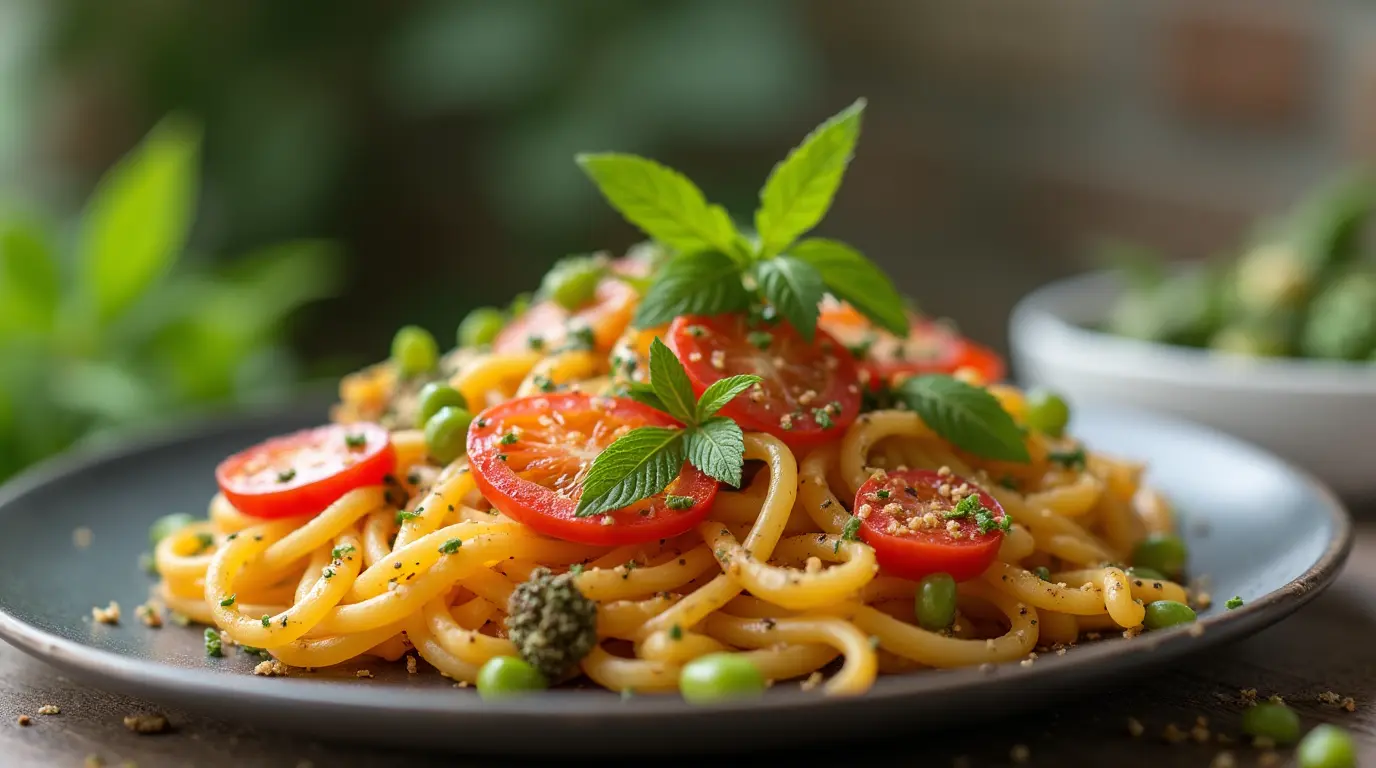
Homemade weed killer recipe
Table of Contents
Introduction
Did you know that the weed killers sitting on store shelves might contain chemicals that could be harmful to your pets, children, and the environment? Many gardeners are shocked to learn that common commercial weed sprays can contain ingredients that linger in soil for months or even years. What if you could make an effective homemade weed killer recipe that works just as well, costs a fraction of the price, and uses simple ingredients you already have in your kitchen? This homemade weed killer recipe might just change how you tackle those pesky garden invaders forever!
Overview: What Makes This Homemade Weed Killer Recipe Special
This homemade weed killer recipe stands out because it combines powerful household ingredients in just the right amounts to create a solution that effectively kills weeds without introducing harmful chemicals to your garden. The beauty of this homemade weed killer recipe is its simplicity—it requires just 5 minutes to mix and is suitable for gardeners of all experience levels.
The homemade weed killer recipe we’re sharing today has several advantages:
- Time Required: Just 5 minutes to prepare
- Difficulty Level: Super easy—even kids can help (with supervision)
- Effectiveness: Visible results within 24 hours
- Cost: About 90% cheaper than store-bought options
- Safety: Pet and child-friendly (though still best kept away from both)
What makes this homemade weed killer recipe truly special is how it works with nature rather than against it. Unlike chemical weed killers that can damage soil health, this homemade solution breaks down naturally and won’t create long-term problems in your garden ecosystem. Let’s explore how to make this garden-friendly homemade weed killer recipe!
Essential Ingredients for the Perfect Homemade Weed Killer Recipe
The secret to this effective homemade weed killer recipe lies in using common household ingredients that, when combined, create a powerful weed-fighting solution. Here’s what you’ll need:
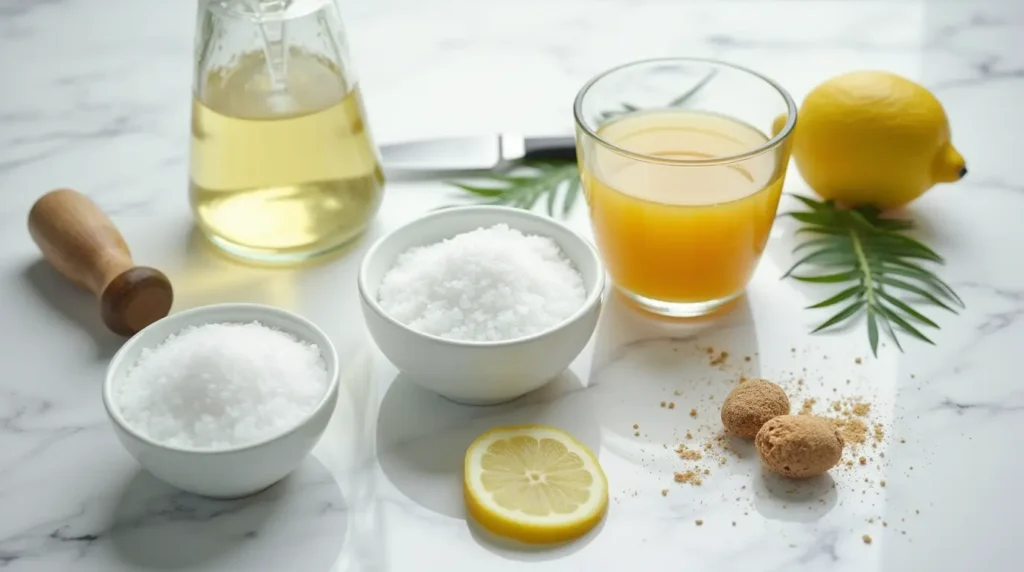
Main Ingredients:
- 1-gallon white vinegar (5% acidity): The acidic base of our homemade weed killer recipe
- 1 cup table salt: Enhances the drying effect
- 2 tablespoons liquid dish soap: Acts as a surfactant (sticking agent)
- Spray bottle or garden sprayer: For application
Optional Boosters:
- 1/4 cup lemon juice: Adds extra acidity to your homemade weed killer recipe
- 10 drops essential oils (orange, clove, or lemon): Can boost effectiveness and add a pleasant scent
Why These Ingredients Matter in Your Homemade Weed Killer Recipe:
In this homemade weed killer recipe, each ingredient plays a specific role:
Vinegar: The star of this homemade weed killer recipe, vinegar’s acidity breaks down the waxy protective coating on weed leaves, causing them to dry out and die. Regular household vinegar (5% acidity) works for many weeds, but you can also find horticultural vinegar (20-30% acidity) for a stronger homemade weed killer recipe. However, higher acidity requires more careful handling.
Salt: Salt in this homemade weed killer recipe works by disrupting the water balance in weed cells. It creates a dehydrating effect that, when combined with vinegar, delivers a one-two punch to unwanted plants. The salt in the homemade weed killer recipe also helps prevent regrowth by making the soil less hospitable for new weeds.
Dish Soap: This might seem strange in a homemade weed killer recipe, but dish soap is crucial! It acts as a surfactant, reducing surface tension so the solution sticks to weed leaves instead of beading up and rolling off. This allows your homemade weed killer recipe to work more effectively by ensuring maximum contact with the weed surface.
Understanding How Your Homemade Weed Killer Recipe Works:
This homemade weed killer recipe works through three mechanisms:
- Desiccation: Vinegar causes plants to dry out
- Dehydration: Salt pulls moisture from plant cells
- Enhanced Coverage: Soap ensures the solution coats leaves thoroughly
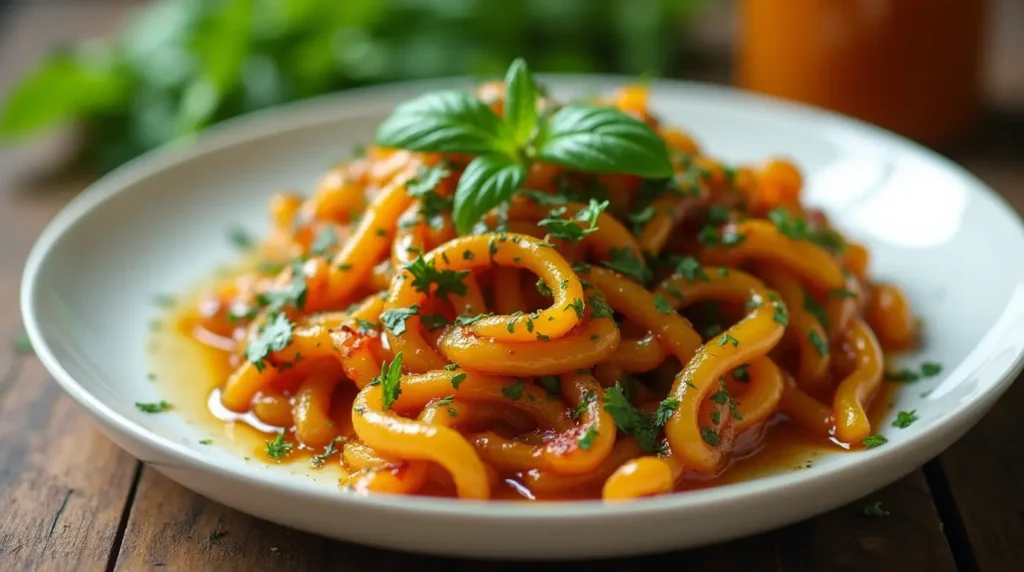
Possible Substitutions for Your Homemade Weed Killer Recipe:
- Vinegar Alternatives: Apple cider vinegar can replace white vinegar in this homemade weed killer recipe, though it’s slightly more expensive. For tougher weeds, horticultural vinegar makes a stronger homemade weed killer recipe.
- Salt Options: Epsom salt or sea salt can substitute for table salt in your homemade weed killer recipe, though table salt is usually the most affordable.
- Soap Choices: Any liquid dish soap works in this homemade weed killer recipe, but opt for simple formulas without added moisturizers or antibacterial ingredients for the best results.
- Natural Boosters: Some gardeners add a cup of hydrogen peroxide to their homemade weed killer recipe for added effectiveness against stubborn weeds.
The beauty of this homemade weed killer recipe is its flexibility—you can adjust the ingredients based on what you have available and the types of weeds you’re battling!
Step-by-Step Instructions for the Ultimate Homemade Weed Killer Recipe
Follow these detailed steps to create and use your homemade weed killer effectively:
Preparation (5 minutes):
- Gather your equipment: For this homemade weed killer recipe, you’ll need a measuring cup, funnel, spray bottle, or garden sprayer. A garden sprayer works best for larger areas, while a spray bottle is perfect for spot-treating with your homemade weed killer recipe.
- Measure your ingredients: Accuracy matters in this homemade weed killer recipe. The ratio of ingredients creates the perfect balance of effectiveness without wasting materials.
- Choose the right day: For best results with your homemade weed killer recipe, plan to mix and apply on a sunny, windless day with no rain in the forecast for at least 24-48 hours.
Mixing Your Homemade Weed Killer Recipe:
- Pour vinegar: Add 1 gallon of white vinegar to your sprayer or a large mixing container. This forms the base of your homemade weed killer recipe.
- Add salt: Carefully add 1 cup of table salt to the vinegar and stir until completely dissolved. This might take 1-2 minutes of stirring, but it’s an important step in your homemade weed killer recipe to ensure even distribution.
- Mix in dish soap: Add 2 tablespoons of liquid dish soap and gently stir to combine, avoiding creating too many bubbles. The soap in this homemade weed killer recipe helps the solution stick to weeds.
- Add optional ingredients: If using, add lemon juice and essential oils to boost your homemade weed killer recipe’s effectiveness.
- Transfer to sprayer: If you mix in a separate container, use a funnel to transfer your homemade weed killer recipe to your spray bottle or garden sprayer without spilling.
- Close and shake: Secure the lid tightly and shake gently to ensure all ingredients in your homemade weed killer recipe are well combined.
Application Techniques for Your Homemade Weed Killer Recipe:
- Target the weeds directly: When applying your homemade weed killer recipe, aim specifically at weeds and avoid spraying desired plants. This solution is non-selective and will damage any plant it contacts.
- Cover thoroughly: Ensure your homemade weed killer recipe coats all parts of the weed, especially the leaves and crown (where the stem meets the root).
- Apply at the right time: The best time to apply your homemade weed killer recipe is mid-morning on a sunny day when the dew has dried but before the intense afternoon heat.
- Use correct spraying technique: Hold the nozzle 6-12 inches from weeds and use a steady, sweeping motion to apply your homemade weed killer recipe evenly.
- Be patient: After applying your homemade weed killer recipe, you’ll see wilting within hours, but complete death usually takes 24-48 hours depending on the weed type and weather conditions.
Pro Tips for Your Homemade Weed Killer Recipe:
- Target young weeds: Your homemade weed killer recipe works best on young weeds rather than established ones with deep root systems.
- Watch the weather: Apply your homemade weed killer recipe when you have at least 24 hours of dry, sunny weather in the forecast for maximum effectiveness.
- Protect yourself: Even though this homemade weed killer recipe uses natural ingredients, vinegar can irritate skin and eyes. Wear gloves and consider eye protection when spraying.
- Be mindful of surrounding plants: Create cardboard shields when applying your homemade weed killer recipe near valued plants to prevent accidental spraying.
- Focus on problem areas: This homemade weed killer recipe works exceptionally well on weeds growing in sidewalk cracks, gravel driveways, and other hard-to-reach spots.
Following these detailed steps ensures your homemade weed killer recipe will be as effective as possible against unwanted garden invaders!
Assembly: Bringing Your Homemade Weed Killer Recipe Together
While mixing this homemade weed killer recipe is straightforward, there are some tricks to assembling it correctly and applying it effectively:
Proper Mixing Order for Your Homemade Weed Killer Recipe:
- Vinegar first: Always start with vinegar as the base of your homemade weed killer recipe. This allows you to dissolve other ingredients into it properly.
- Dissolve salt second: Add salt to the vinegar and stir until completely dissolved before moving to the next step of your homemade weed killer recipe. Undissolved salt may clog your sprayer.
- Add soap last: Incorporate the dish soap as the final ingredient in your homemade weed killer recipe to prevent excessive foaming during the mixing process.
Application Equipment for Your Homemade Weed Killer Recipe:
For Small Areas:
- Spray bottle: A clean, unused spray bottle works perfectly for small applications of your homemade weed killer recipe.
- Targeted applicator: For very precise application, consider a small foam brush to “paint” your homemade weed killer recipe directly onto weeds near sensitive plants.
For Larger Areas:
- Pump sprayer: A 1-2 gallon garden pump sprayer lets you cover more ground with your homemade weed killer recipe.
- Backpack sprayer: For large properties, a backpack sprayer makes applying your homemade weed killer recipe more comfortable and efficient.
Application Patterns for Different Areas:
For Garden Beds:
- Use a more targeted approach with your homemade weed killer recipe
- Consider applying with a small brush in densely planted areas
- Create cardboard shields to protect desirable plants when spraying your homemade weed killer recipe
For Driveways and Walkways:
- Apply your homemade weed killer recipe in a side-to-side sweeping motion
- Focus extra solution on cracks where weeds commonly emerge
- Use a higher concentration version of your homemade weed killer recipe (20% more salt) for these tough areas
For Lawn Weeds:
- This homemade weed killer recipe is NOT recommended for lawn weeds as it will kill grass too
- Instead, use a small paintbrush to apply your homemade weed killer recipe directly to weeds like dandelions while avoiding the surrounding grass.
Safety Precautions When Applying Your Homemade Weed Killer Recipe:
- Label clearly: Always label your sprayer or bottle “Homemade Weed Killer Recipe – Do Not Drink” to prevent accidents.
- Keep away from children and pets: Store your homemade weed killer recipe out of reach, and keep pets and children off treated areas until dry.
- Protect your garden: Be careful not to let your homemade weed killer recipe drift onto plants you want to keep.
- Protect yourself: Wear gloves when applying your homemade weed killer recipe, as vinegar can irritate skin with prolonged contact.
- Avoid metal containers: The vinegar in your homemade weed killer recipe may corrode metal over time, so plastic sprayers are best.
Remember, this homemade weed killer recipe is most effective when applied correctly and during appropriate weather conditions. Taking the time to apply it properly will yield the best results in your battle against unwanted weeds!
Storage and Make-Ahead Tips for Your Homemade Weed Killer Recipe
This homemade weed killer recipe is not only effective but also convenient to store for future use. Here’s how to keep it ready for whenever weeds appear:
Storing Your Homemade Weed Killer Recipe:
- Container selection: Store your homemade weed killer recipe in plastic containers only—never metal, as the vinegar will corrode it over time.
- Shelf life: When properly stored, this homemade weed killer recipe remains effective for up to 3 months. The vinegar and salt in your homemade weed killer recipe are natural preservatives that help extend its usable life.
- Storage location: Keep your homemade weed killer recipe in a cool, dark place like a garage or garden shed. Avoid areas that freeze in winter or get extremely hot, as extreme temperatures may reduce the effectiveness of your homemade weed killer recipe.
- Labeling: Always clearly label any container with your homemade weed killer recipe, noting both the contents and the date it was mixed. This prevents accidental misuse and helps track freshness.
Make-Ahead Strategies for Your Homemade Weed Killer Recipe:
- Batch preparation: Consider making a double batch of your homemade weed killer recipe at the beginning of the growing season, storing the extra portion for quick access when new weeds appear.
- Pre-measured ingredients: Save time by pre-measuring and storing dry ingredients (salt) in labeled bags, ready to combine with vinegar and soap when you need a fresh batch of your homemade weed killer recipe.
- Concentrate option: For easier storage, you can mix a saltier version of your homemade weed killer recipe (using 2 cups of salt per gallon) as a concentrate, then dilute with additional vinegar when ready to use.
Maintaining the Effectiveness of Your Stored Homemade Weed Killer Recipe:
- Shake before use: Your homemade weed killer recipe may separate during storage, with salt potentially settling at the bottom. Always shake thoroughly before each use to remix all ingredients.
- Check consistency: If your stored homemade weed killer recipe develops any unusual smell or appearance, it’s best to mix a fresh batch.
- Temperature considerations: If your homemade weed killer recipe was stored in a cold area, allow it to warm to ambient temperature before applying it for best results.
- Sprayer maintenance: Rinse your sprayer with clean water after applying your homemade weed killer recipe to prevent clogging and extend the life of your equipment.
Revitalizing Stored Homemade Weed Killer Recipe:
- Add fresh soap: If your stored homemade weed killer recipe seems less effective, add a teaspoon of fresh dish soap to restore its ability to stick to weed leaves.
- Boost acidity: For older batches of your homemade weed killer recipe, add a splash of fresh vinegar or lemon juice to reinvigorate its weed-killing power.
- Remix separated ingredients: If salt has settled in your homemade weed killer recipe, shake vigorously or stir well to redistribute all components before application.
With these storage and make-ahead strategies, your homemade weed killer recipe will be ready whenever uninvited plants try to take over your garden spaces!
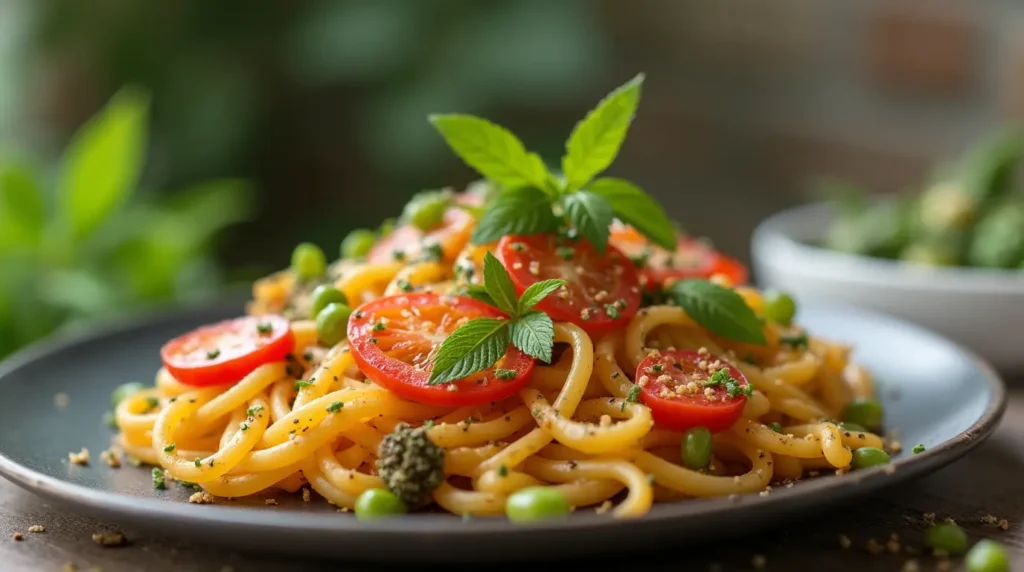
Recipe Variations: Creative Alternatives to the Classic Homemade Weed Killer Recipe
The basic homemade weed killer recipe works wonderfully for most situations, but you might encounter scenarios requiring specialized approaches. Here are some helpful variations to tackle different weed problems:
Strength Variations of Your Homemade Weed Killer Recipe:
Gentle Formula for Young Weeds:
- Reduce salt to 1/2 cup in your homemade weed killer recipe
- Perfect for newly sprouted weeds and areas near sensitive plants
- Gentler on the soil while still effective on tender young weeds
Extra-Strength Formula for Stubborn Weeds:
- Increase salt to 2 cups in your homemade weed killer recipe
- Add 1/4 cup hydrogen peroxide
- Use horticultural vinegar (20% acidity) instead of household vinegar
- Perfect for tough perennial weeds with established root systems
- Consider this a “nuclear option” of homemade weed killer recipes for really difficult areas
Clay Soil Special Formula:
- Add 2 tablespoons of Epsom salt to the basic homemade weed killer recipe
- The magnesium in Epsom salt helps break up clay, allowing the solution to penetrate better
- Works more effectively in hard-packed soil areas where regular formulas might run off
Specialized Target Variations of Your Homemade Weed Killer Recipe:
Poison Ivy/Oak Homemade Weed Killer Recipe:
- Add 1/4 cup of salt extra to the basic recipe
- Add 2 tablespoons of apple cider vinegar
- Apply using a spray bottle, never a brush, to avoid contact
- Always wear protective clothing when treating these hazardous plants
- May require several applications of this specialized homemade weed killer recipe
Broadleaf Weed Homemade Recipe:
- Basic recipe plus 1 tablespoon of orange essential oil
- The orange oil in this homemade weed killer recipe variation helps penetrate the waxy coating on broadleaf weeds
- Particularly effective on dandelions, plantain, and other common lawn invaders
Gravel Driveway Formula:
- Double the salt in your basic homemade weed killer recipe
- Add 1/4 cup of baking soda
- Creates a longer-lasting deterrent in gravel areas
- Can provide weed suppression for 3-6 months with one application
Eco-Friendly Variations of Your Homemade Weed Killer Recipe:
Pet-Safe Formula:
- Omit the salt from your homemade weed killer recipe
- Use citrus essential oils (10-15 drops) instead
- While less powerful, this version is safer in areas where pets frequently roam
- May require more frequent application than the standard homemade weed killer recipe
Garden Bed Border Treatment:
- Basic homemade weed killer recipe plus 1 tablespoon of cinnamon
- The cinnamon acts as a fungicide and helps prevent mold in moist garden soil
- Creates a pleasant smell while working in the garden
- Adds natural compounds that may help suppress certain weed seeds
Beneficial Insect-Friendly Version:
- Basic homemade weed killer recipe minus the soap
- Add 1 tablespoon of neem oil instead of dish soap
- While slightly less effective, this variation is less likely to harm beneficial insects
- Best used for spot-treating individual weeds rather than broadcast spraying
Seasonal Variations for Your Homemade Weed Killer Recipe:
- Spring Formula: Add 1 tablespoon of lemon juice to boost effectiveness on tender new growth
- Summer Formula: Increase dish soap to 3 tablespoons to help the solution stick despite the summer heat
- Fall Prevention: Add 1/4 cup of baking soda to basic recipe to help prevent fall weed seeds from germinating
With these variations, you can customize your homemade weed killer recipe to address specific challenges in your garden while maintaining an eco-friendly approach to weed control!
Conclusion: Why This Homemade Weed Killer Recipe Will Change Your Gardening Life
There you have it—a simple yet powerful homemade weed killer recipe that can transform
Key Citations
- Homemade Weed Killer | Natural Weed Killer Recipe | HGTV
- This 3-Ingredient Homemade Weed Killer Uses Vinegar to Safely Remove Unwanted Plants
- 3 Homemade Weed Killers That Actually Work, We Promise
Source Links
- Loaded Potato Casserole Recipe Kim J: How to Make It Perfect https://ghitarecipes.com/loaded-potato-casserole-recipe-kim-j/
- Chicken Dressing Recipe: How to Elevate Your Holiday Meal https://ghitarecipes.com/chicken-dressing-recipe/
- Best Tofu Marinade Chicken Recipes: How to Make Them Tasty https://ghitarecipes.com/best-tofu-marinade-chicken-recipes/
- Baked Chicken Cutlet Recipes: How to Make Them Crispy https://ghitarecipes.com/best-tofu-marinade-chicken-recipes/
- Spark Recipes Chicken Taco Soup: How to Make It Flavorful https://ghitarecipes.com/spark-recipes-chicken-taco-soup/
- Diabetic Recipe for Crock Pot Soup with Chicken: How to Serve It https://ghitarecipes.com/diabetic-recipe-for-crock-pot-soup-with-chicken/
- Famous Recipe Chicken Near Me: How to Find the Best Spots https://ghitarecipes.com/famous-recipe-chicken-near-me/
- How to Make the Best Diabetic Crockpot Recipes Gnocchi and Chicken in 5 Steps https://ghitarecipes.com/diabetic-crockpot-recipes-gnocchi-and-chicken-2/
- How to Make the Best Chicken Philly Cheesesteak Recipe in 5 Steps https://ghitarecipes.com/chicken-philly-cheesesteak-recipe/
- Chicken and Cheese Jalousie Recipe: 5 Easy Steps to Make https://ghitarecipes.com/chicken-and-cheese-jalousie-recipe/
- How to Make the Best Chick Fil A Kale Salad Recipe in 5 Steps https://ghitarecipes.com/chick-fil-a-kale-salad-recipe/
- 7 Best Blackstone Chicken Recipes You Need to Try This Season https://ghitarecipes.com/blackstone-chicken-recipes/
- 7 Secrets Behind the Perfect Ground Chicken Mexican Corn Recipe https://ghitarecipes.com/ground-chicken-mexican-corn-recipe-2/
- Why This 3-Ingredient Recipe for Pasta Fazool Made with Chicken Is a Game Changer https://ghitarecipes.com/pasta-fazool-made-with-chicken/
- Braised Chicken in the Oven with Crispy Skin Recipe: 7 Flavor Boosters https://ghitarecipes.com/braised-chicken-in-the-oven-with-crispy-skin/
- Best 7 Ways to Use Chicken_and_cheese_filling in Your Dishes https://ghitarecipes.com/chicken-and-cheese-filling/
- Chicken and Gravy Recipe: How to Make It in 30 Minutes https://ghitarecipes.com/chicken-and-gravy-recipe/



